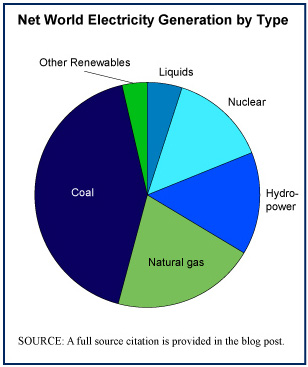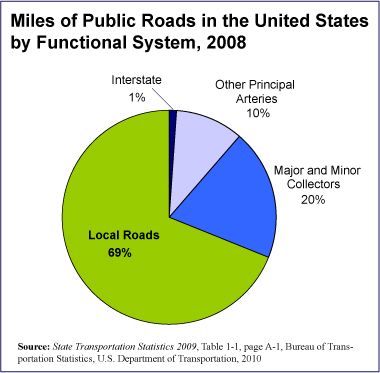The cost of a higher education has been rising for decades. According to an interesting article on this subject in EconSouth, the Federal Reserve Bank of Atlanta’s quarterly journal, students at four-year colleges and universities paid a national average of between $20,000 and $40,000 last year for tuition, books, and room and board. This range covers a great deal of variation based on geography and type of institution—public or private. It is the average for students living on campus and enrolled in a four-year degree program.
It costs a lot to get a degree these days and this cost is being paid by more people taking on greater and greater levels of debt. Today’s market size is the total debt outstanding, nationally, for student loans. This figure exceeded, for the first time ever in 2010, the national total debt outstanding for revolving credit.
Geographic reference: United States
Year: 2010
Market size: $829.79 billion
Source: “Cap in Hand—The High Price of Higher Education,” EconSouth, first quarter 2011, page 8.
Source: Federal Reserve Bank of Atlanta, College Board, and FinAid.org




